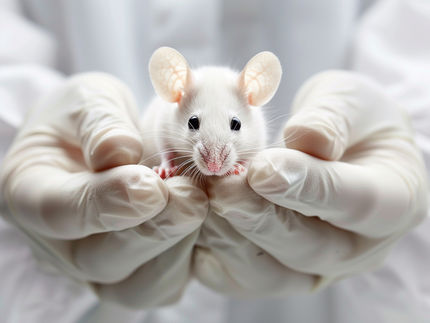Donor organs for research on-demand
3D-printed life-like organ models
Advertisement
A research project recently initiated at Karl Landsteiner University of Health Sciences aims to produce organ models with realistic material properties. These biological replicas will mainly be deployed in research and medical training, which will help to reduce the use of valuable donor organs and enable physicians to practise complex surgical procedures. The initial stage of the project involves in-depth analysis of material and organ properties. The data generated will provide "recipes" for 3D printers, which will then produce materials with the requisite properties on demand.
Doctors need to practise as well – although preferably not on patients. Large numbers of donor organs are normally used for training purposes. But they can only be used once for a short time and show a huge variability. New approaches – like 3D printing – are required so that doctors can practise complex procedures repeatedly on the same tissue sample. A team headed by Prof. Dieter Pahr of the Department of Anatomy and biomechanics at Karl Landsteiner University of Health Sciences in Krems (KL Krems) has now laid the foundations for exceptionally innovative research on the topic. Together with partners ACMIT GmbH in Wiener Neustadt and Vienna University of Technology, Prof. Pahr aims to pave the way for 3D printing of true-to-life tissue and organ models.
Realistic 3D-printing
3D printers are already used in day-to-day medical activities, including to create models of complex surgical situations. This enables doctors to gain a better appreciation of spatial properties, to try out new surgical instruments, and practise hand movements. However, such models lack the realistic characteristics of biological tissue. This is where the project, which is funded by NÖ Forschungs- und Bildungsges.m.b.H. (NFB), kicks in. As Prof. Pahr explains: "In order to lay the groundwork for improved 3D printing of medical models, we will first identify the biomechanical characteristics that have a decisive influence on how practitioners sense tissue and organ properties. Then we will investigate what materials are suited to 3D printing, their attributes, and what lifelike tissue and organs can be printed." Based on this initial investigation, the team will then produce the first test prints using suitable 3D printing techniques.
State-of-the-art analytical laboratories
When analysing these 3D prints of biological tissue, Prof. Pahr and his team will benefit from KL Krems’ exceptionally well equipped laboratory for testing of biological materials and structures for medical purposes. The laboratory is ideal for performing mechanical-structure and materials tests, as well as CNC manufacturing and cutting-edge tissue processing. Facilities for X-ray microtomography, which allows for 3D, x-ray imaging of highly detailed internal structures, are also available, backed up by state-of-the-art image analysis equipment and microscopes, and advanced IT infrastructure. These will be used to compare the tissue properties obtained from biomechanical experiments and those actually achieved based on 3D printing. According to Prof. Pahr: "In this way, we’ll develop a computer model that enables us to predict the mechanical qualities of 3D printed biological tissue based on the choice of the bulk material and printable microstructures."
In fact, Prof. Pahr is aiming to make even bigger strides with this project. "We will regularly compare the predictions with the printing results, with a view to constantly optimising the system. Ultimately, we will develop a system in which we input the required measured tissue properties, and the output will come in the shape of a recipe for the necessary base materials and micro-structured geometry." This would represent a significant advance, which in turn would open the door for highly customised and realistic tissue and organ models for medical use. The combination of materials research, medical know-how and expertise in computer-model generation exemplifies the full scope of KL Krems’ research, which concentrates on niche fields in bridge disciplines that are highly relevant to health policy, and creates added value for all concerned.

























































